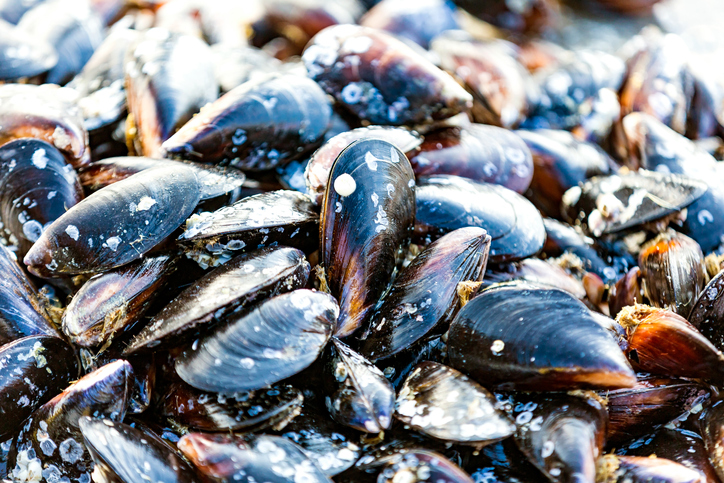Monitoring Mussels For Toxic Pollutants
26 Lug 2021

A seven-year study in Taranto, Southern Italy, supports the need for a long–term environmental plan to both help protect consumers and safeguard local mussel production.
Dioxins and dioxin-like polychlorinated biphenyls (PCBs) are highly toxic environmental pollutants that can cause reproductive and developmental problems, damage to the immune system, and interfere with hormones. They may also cause cancer.
These dangerous substances are found throughout the world and tend to accumulate in the food chain. More than 90% of human exposure is through food, mainly meat and dairy products, fish and shellfish.
Taranto is home to several industrial facilities that are recognised as potential sources of dioxins and PCBs. Mussel farming also holds important cultural and economic heritage in this coastal city, but these filter-feeding organisms are at high risk of contamination with these pollutants.
In 2011, the Local Health Authority of Taranto set up a monitoring programme to assess the concentrations of dioxins and PCBs in mussels collected from the coastal basins surrounding the city – to both help protect the safety of consumers and safeguard mussel production in the area.
Dioxins And PCBs Concentrations In Mussels
The latest report from the study examined concentrations of dioxins and PCBs in mussels produced from Taranto from 2012 to 2018 – to identify marine areas and critical seasons for mussel contamination and to help inform effective public health strategies.1
A total of 622 samples were collected from monthly random sampling from mussel beds in the Mar Grande and the 1st and 2nd Inlets of the Mar Piccolo. The concentrations of dioxins and PCBs were determined using accredited analytical methods, both based on isotopic dilution and high-resolution mass spectrometry (HRMS) detection.
The researchers used ultrapure water generated from an ELGA PURELAB® laboratory water purification system, minimising the risk of adding contaminants that may affect the results of these highly sensitive techniques.
Contamination Patterns
The researchers confirmed that mussels collected from Mar Piccolo 1st Inlet contained the highest levels of dioxins and PCBs, including some exceeding European Union maximum levels.
The team also identified a linear relationship between some pollutants and geographical coordinates, with levels increasing moving North within Mar Piccolo 1st Inlet – in alignment with the marine sediments’ resuspension near the Northern coast. There was also a marked seasonality of dioxins and PCBs concentrations, with higher concentrations during the summer months.
A Long–Term Environmental Plan
These latest findings from this monitoring study support current local public health measures prohibiting the use of the Mar Piccolo 1st Inlet area for mussel farming activities, except for moving juvenile mussels to the other basins during the winter months.
But it also highlights the need for a structured environmental plan that combines the clean-up of contaminated marine sediments along with reducing the emissions of dioxins and PCBs into coastal waters. This would appear to offer the only effective long–term solution that can protect the health of consumers, preserve the local production chain for mussels, and restore the marine environment.
Why Choose ELGA LabWater?
ELGA’s expert engineers, chemists and scientists are at the forefront of technological innovation. We continue to introduce game-changing features to the laboratory water market.
Reference:
Giannico, O. V. et al. Dioxins and PCBs contamination in mussels from Taranto (Ionian Sea, Southern Italy): a seven years spatio–temporal monitoring study. Ann 1st Super Sanita 2020;56(4):452–461
Dr Alison Halliday
After completing an undergraduate degree in Biochemistry & Genetics at Sheffield University, Alison was awarded a PhD in Human Molecular Genetics at the University of Newcastle. She carried out five years as a Senior Postdoctoral Research Fellow at UCL, investigating the genes involved in childhood obesity syndrome. Moving into science communications, she spent ten years at Cancer Research UK engaging the public about the charity’s work. She now specialises in writing about research across the life sciences, medicine and health.
